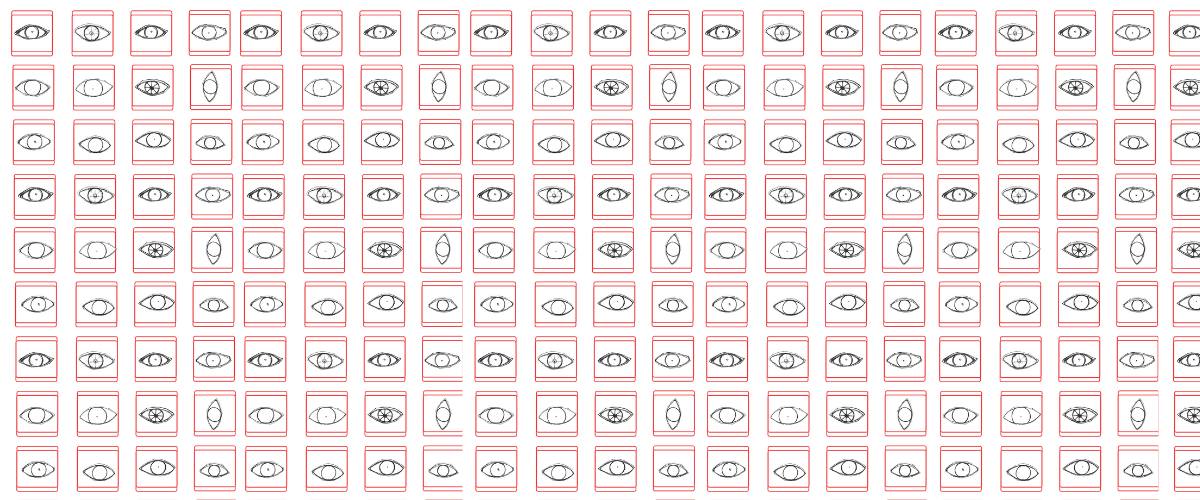“I see a lot of changes, but I also see a lot of resistance“
Natalia Hecht on D/Arts in conversation with Gwendolin Lehnerer
Are there institutions that are not at all interested, and say, ‘Sorry, we won’t do it.’?
A lot, unfortunately. There are institutions that remain at the discursive level by saying they want to do something, and you notice that there is no real work on the topic. They don’t know what it’s about or they have a very superficial idea of it, or they don’t really want to devote time or resources, or they’re not open to change. This is the main challenge, and for me, as an activist, an artist, a practitioner in the field of diversity for years, it’s just what I see, unfortunately. I see a lot of changes, but I also experience a lot of resistance. Creating projects like D/Arts is helping a lot, because it doesn’t become the work of an individual person trying to change something. It’s about solidarity – together we can accomplish more. Politics and the government also play a role, and therefore the monitoring aspect of D/Arts is important. It doesn’t only have to come from the inner commitment of an institution; it can come from the level of politics, government, and policy. It’s about a little bit of direction, and bringing this topic to the centre of all the institutions.
Yes, I can well imagine that! Austrian politics also plays a major role here. In Berlin, for example, such projects are already occasionally supported by the government. Does D/Arts have any role model – an institution or network that allows you to say if this is going well?
Well, the Diversity Arts Culture project office in Berlin is a very good example. I mean, we have different practices in different fields, because it’s complex. You have methods that are more about how to collaborate between institutions, and others that are more related to how to influence politics and policy and so on. You also have practices that are more about how to evolve perspectives, because this is also a very sensitive and important topic. I, for example, work a lot with the community of Black women here in Vienna, and they have so many examples of how to work with the topic and become aware: If you’re a white person, it’s about how to understand your role in the system and how to open doors for others. The work of Brunnenpassage is also interesting in terms of transculturality. For us, it has been a crucial practice in what we do, to realize that you can have a team that has very different backgrounds, languages, and biographical experiences, and that you can work together and base the work on all these different perspectives. Another aspect is the topic of aesthetics and how we work with content, with processes of co-creation, and what those processes of cocreation are. Sometimes you have practices that say, ‘okay, this is participatory’ or ‘this is co-creative,’ but we really need to see in-depth what it means, how those processes are created, and whether they really engage people or not. The topic of diversity is very sensitive, because the intentions are mostly good, but the way we develop or implement a project might be counterproductive. Sometimes, someone might come with a very good intension, but lacks the knowledge of how to carry out these processes and how not to instrumentalize people while trying to promote diversity. And in terms of aesthetics, the question of knowledge is also important. Epistemic diversity is central to what we do – to understand that there are different forms of knowledge and to be very critical about the institutions that legitimize knowledge and the kinds of knowledge that remain excluded. Art has a very central role because it brings so many possibilities for how to experience life and create meaning about social issues and our reality. Sometimes, forms of knowledge are more mind-dominated, more based on the history of what knowledge has been historically legitimated. When we work with different perspectives or experiences of life, we need to see all the other ways of accessing and creating meaning about our interactions with others, and about how we see the world. All these things are essential because we’re dealing with global challenges that are very urgent, so we need to act in a holistic way in what we do. Therefore, I see projects like D/Arts as central for this work, because in cultural institutions, sometimes we tend to forget the context we are in and the urgencies we have. These institutions have heavy processes, and can become a bit like machines. When you need to create global change immediately, you need to act differently. You need to become dynamic, open, and adaptable.
Natalia Hecht, Gwendolin Lehnerer ( 2022): “I see a lot of changes, but I also see a lot of resistance“. Natalia Hecht on D/Arts in conversation with Gwendolin Lehnerer. In: p/art/icipate – Kultur aktiv gestalten # 13 , https://www.p-art-icipate.net/i-see-a-lot-of-changes-but-i-also-see-a-lot-of-resistance/

